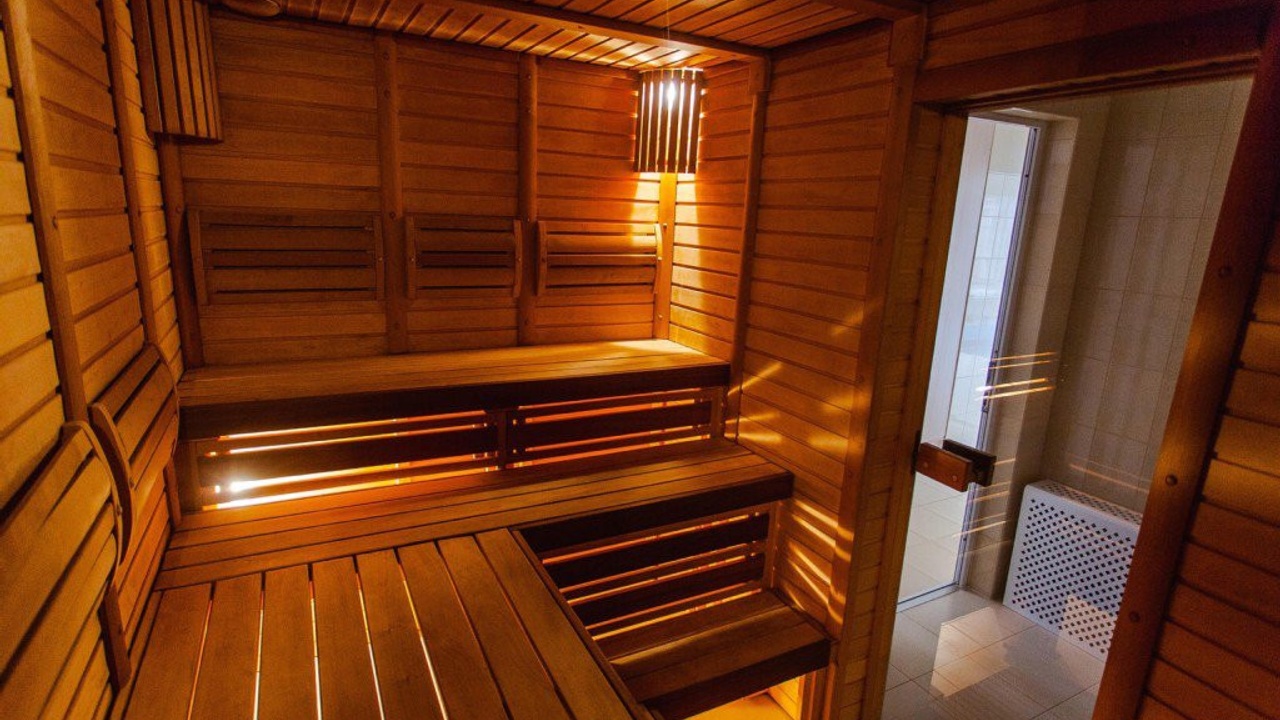
3 Methods to Speed Recovery After Tough Training Sessions
By Carmen Bott
1. MASSAGE
Massage is a mode of recovery recommended for all types and levels of athletes giving them an anabolic edge. In addition to a proper cooldown, the post-training massage assists the athlete to recover after an intense training session (Petch, 14). Peaking is almost impossible when athletes are training day after day with stiff, sore and tired muscles. The body must recover before it can improve and post-exercise massage can be beneficial in this process. Massage improves blood circulation and facilitates the interaction of tissue fluids, relieving fatigue in muscle tissue (Pohorille, 3). It also assists in the removal of metabolites and toxins, by means of venous and lymphatic circulation. It enhances the return of fresh blood rich in oxygen and nutrients to the muscles.
 Massage creates a prolonged state of reduced muscular tension and fatigue (Petch, 14) and produces a psychologically relaxed state of mind. These restoration factors accelerate the Wrestling Recovery process enabling the athlete to train more intensely and do more work each session. The athlete will also require less rest between the sessions themselves. It is important to note that no studies have demonstrated that using any form of massage prevents or reduces muscle damage (Chiu et al.).
Massage creates a prolonged state of reduced muscular tension and fatigue (Petch, 14) and produces a psychologically relaxed state of mind. These restoration factors accelerate the Wrestling Recovery process enabling the athlete to train more intensely and do more work each session. The athlete will also require less rest between the sessions themselves. It is important to note that no studies have demonstrated that using any form of massage prevents or reduces muscle damage (Chiu et al.).
As a general rule, the best time for post-exercise massage is 1 to 6 hours after strenuous exercise, hard training or competition (Anu, Interview). It takes approximately one hour for the body to return to basal levels (core temperature and cardiovascular function) and approximately 6 hours before muscle stiffness and sensitivity set in (Pohorille, 4). A massage between these hours is most effective for the athlete. In order to facilitate a quick Wrestling Recovery recovery and allow for increased resilience, massage should also cover all muscle groups being used, NOT just the areas of soreness. If competition occurs on back-to- back days, a penetrating, but brief massage is needed after each exercise bout (Pohorille, 6). A long massage would relax the athlete too much making physiological arousal difficult to achieve. The muscles would also have to recover from the penetrating effects of the massage, plus the strain of exercise. It is also important the athlete keep moving after treatment so the body does not go through severe temperature change which can lead to increased muscle soreness (Petch, 15).
Just as the muscles need time to Wrestling Recovery recover from the demands of strenuous exercise, they also need time to recover from massage (Pohorille, 4). Generally, the more frequently and harder an athlete trains, the more often a massage is called for. However, each athlete will respond differently from massage and will need to individualize their recovery time after treatment. Changes and body responses must be closely monitored and documented to gage how far apart to book each appointment and the training sessions that follow.

2. SAUNAS
Saunas can have a regeneration effect on the body by increasing circulation around the muscle. The heat and moisture of the sauna induce sweating, cleansing the body of toxins. The body cannot use nitrogen, a by-product of protein catabolism. Usually it is removed from the blood by the kidneys and then excreted in the urine. A sauna will help eliminate this nitrogen through the skin, thus sparing the kidneys of extra work and saving valuable energy necessary for the growth and repair of muscle tissue. It critical to replace fluids after a sauna session to ensure the body returns to a hydrated state.
3. STRETCHING
 Stretching is often an overlooked method of the recovery process. Clinically, it offers both rehabilitative and prehabilitative properties. The goals of stretching are to remove or hasten the disposal of metabolites that cause fatigue and stiffness and to promote the healing of microinjuries. These injuries may not acutely present themselves, but through years of training and improper recovery, can manifest themselves into a serious, chronic state. Consequently, body awareness is also enhanced with a stretching program, as athletes become more in tune with their bodies and the status of their soreness and injuries.
Stretching is often an overlooked method of the recovery process. Clinically, it offers both rehabilitative and prehabilitative properties. The goals of stretching are to remove or hasten the disposal of metabolites that cause fatigue and stiffness and to promote the healing of microinjuries. These injuries may not acutely present themselves, but through years of training and improper recovery, can manifest themselves into a serious, chronic state. Consequently, body awareness is also enhanced with a stretching program, as athletes become more in tune with their bodies and the status of their soreness and injuries.
As muscle cross -sectional area develops and its ability to generate force increases, through training, a great deal of stress is placed on the tendon. In fact, 90% of injuries occur at the musculo-tendon junction (Apostolopolous). Compared to muscle, tendons are less vascular, therefore they do not receive as much oxygen and nutrients and need more wrestling recovery. This injury risk is increased if there is localized scar tissue. At the end of a training session, muscles are slightly shorter and may take up to two hours to rest their resting length again. Stretching enables the muscles to reach their resting length faster.
Each stretch is taken to a comfortable, pain free, range and held for 60 seconds. Perform multiple sets of each stretch for full benefits and spend one day per week stretching for 45 minutes to an hour.

Click Here to Download the Wrestlers Handbook




